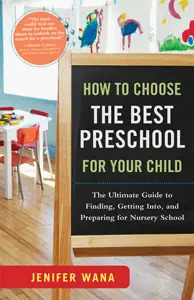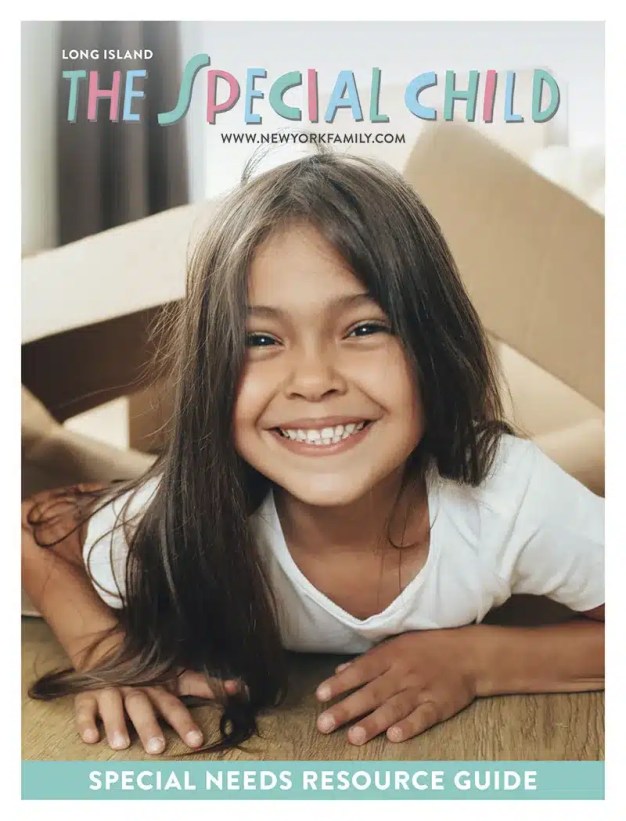When evaluating preschools, it helps to know the basics of the most common early education philosophies. Read on for descriptions of Montessori, Waldorf, Reggio Emilia, play-based, and academic preschools and tips for how to know which is right for your child.
A nursery school’s philosophy has a lot to do with the kinds of learning goals the program emphasizes, how the teacher interacts with the students, and what kind of toys and materials are available in the classroom. Each individual school may interpret a particular teaching method in its own way. Many preschools combine philosophies, taking ideas from several to create their own approach. Most preschools incorporate both child-centered and teacher-directed activities at some point in their daily curriculum.
Play-Based
Also called developmentally appropriate or progressive, this is the most common preschool philosophy in the U.S. The belief is that children learn best through play, so kids should be able to choose their own activities on the basis of what interests them at the time. This increases their motivation to learn and try new things, building creativity, confidence, and a love for school. Kids get to learn about a wide variety of subjects in an age-appropriate way.
Teachers set up the classroom with stimulating materials and activities and facilitate learning while the children play and explore. For example, if children start exploring the sand table, the teacher may take that opportunity to ask questions that encourage them to think and investigate (“What happens if we mix sand and water?”) or build their vocabulary (“What words can we use to describe wet or dry sand?”).
Different stations are set up around the room – a reading corner, a dramatic play area (e.g., pretend kitchen and dress-up clothes to encourage imaginative play), a puzzle table, and so on. Lots of open-ended activities, such as blocks and art materials are available to promote creativity (as there is more than one way a child can play with them) and cooperation (because other children can easily join in). Building a block tower, for instance, teaches children concepts like shapes and sizes, balance, and cause-and-effect, as well as hand-eye coordination. Pre-reading and pre-math skills develop naturally, without the child even being aware of them.
Kids learn negotiating, problem solving, and decision making. They get practice asking and answering questions, following and leading, and accommodating others. One of the most important things a child can learn is how to get along with others, by sharing, taking turns, understanding others’ feelings, and resolving conflicts with words instead of crying or hitting.
Children may do well in a play-based school if they:
|
Montessori
Dr. Maria Montessori developed her child-centered teaching method for preschool-age children in Italy in the early part of the twentieth century. Although Montessori schools focus on academics, the goal is to let learning happen naturally through real-life experiences and at the child’s own pace. Schools allow children to make their own choices and teach them how do to things for themselves, such as putting their shoes on the right feet or pouring themselves a glass of milk.
Montessori classrooms are warm and inviting, with a calm and orderly atmosphere. Classrooms are structured around particular areas: practical life, sensorial, language, mathematics, and culture. Within those areas are special toys called manipulatives.
Many of the manipulatives allow for self-correction, which means that they allow children to find mistakes by themselves and keep trying until they’re successful. This lets them solve problems on their own and gives them greater confidence to tackle more challenging tasks.
In the Montessori classroom, teachers serve as guides, demonstrating how to use the manipulatives and then stepping back to let the children explore on their own. Students usually work independently on floor mats or in small groups while the teacher quietly moves around the room helping and observing them. All materials are to be properly used, so a broom, for instance, can only be used for sweeping – not as a pretend rocket ship. Classrooms mix students from two and a half or three years to six years of age, which includes preschoolers and kindergarteners, so older children learn to help the younger ones, and the younger kids benefit by having older peers as role models and tutors.
Children may do well at a Montessori nursery preschool if they:
|
Reggio Emilia
This philosophy began in the 1940s in the Italian city of Reggio Emilia, when parents and teachers got together to find a way to improve their local schools after the end of World War II. The child-centered approach is based on the belief that children are capable, curious learners who must be free to learn for themselves and express their thoughts and ideas.
Reggio-inspired preschools follow a project-based curriculum guided by the interests of the students. If a group of children start observing and asking about birds, for example, the teacher may begin a birds project. The class may read books and sing songs about birds, create binoculars out of empty cardboard rolls for bird watching, make bird feeders, and take a field trip to a local pet store. Projects can last anywhere from a few days to a full year.
Art is considered a valuable learning tool and incorporated into every project. In what Reggio educators refer to as “the hundred languages of children,” students are encouraged to use many methods of expression to communicate and reinforce what they’re learning, including music, painting, sculpture, dramatic play, storytelling, and puppetry.
Teachers document everything that’s going on in the classroom with photos, videos, written observations, and transcriptions of the students’ conversations. This documentation lets kids (and their parents) revisit things they’ve done earlier. It shows them their own progress and that their work is important.
Under the Reggio philosophy, the environment is considered the “third teacher.” A typical classroom is filled with sunlight, plants, and natural materials, and is carefully designed to support exploration and cooperation.
Many Reggio-inspired schools provide volunteer opportunities and hold educational workshops for parents, and they encourage parental participation in discussions on everything from curriculum planning to school policy.
Children may do well in Reggio Emilia if they:
|
Waldorf
In 1919, Rudolf Steiner, an Austrian scientist and educational theorist, founded the Waldorf approach. The Waldorf philosophy is child-centered but has a strong group orientation and a predictable structure and routine. For instance, Mondays may be bread-baking day and Tuesdays may be painting day, or the teacher may read the same story at story time for a week. This rhythm and predictability give students a sense of familiarity and well-being. Waldorf focuses on creativity and the arts and emphasizes cooperation and working together. Based on the idea of educating the whole child – body, mind, and spirit – Waldorf schools provide a warm, nurturing environment that feels more like a home than a school.
Waldorf nursery schools use hands-on activities and imaginary play to foster a love of learning, a sense of teamwork, and concentration skills. Creative and dramatic play, such as arts and crafts and dress up, are strongly encouraged, as are practical activities such as cooking and gardening. Academics are not emphasized at all.
Waldorf classrooms use natural materials that stimulate all five senses, like shells, rope, beeswax crayons, cloth, and wooden (never plastic) toys. There are few writing tools or books – instead there is a lot of storytelling and singing. Parents are encouraged to support the program by skipping television and computers at home. A school must be affiliated with its local Waldorf organization to use the Waldorf name and teachers must receive special training through the Association of Waldorf Schools of North America.
Children may do well in a Waldorf preschool if they:
|
Academic
Also known as traditional, the academic approach is a more structured, teacher-directed approach focused on formal reading and math readiness skills, such as learning letter names and sounds and how to count. The philosophy behind the academic approach is that preschoolers benefit by preparing for the rigors of kindergarten and beyond at an early age. Similar to what children can expect to find in kindergarten, schools have a closely followed daily schedule of planned activities so that each day is consistent and predictable. Play takes place during recess outdoors or perhaps during a free-play period, but classroom time is devoted to developing skills such as identifying colors; measuring time; solving problems; and other reading, writing, and math skills. Teachers often plan a curriculum around a theme, such as farms or seasons. Traditional programs also teach classroom etiquette like raising your hand before speaking, following the teacher’s instructions, and sitting in your seat until a lesson is over.
The classroom resembles those in play-based preschools with art, blocks, reading, and other areas, but instead of kids choosing what they want to play with and how, the teacher explains and leads the activities. The teacher may ask students to color in the letter H or count how many circles appear on a worksheet. The idea is to introduce kids to the way an elementary school classroom works and to ease the transition into kindergarten and prepare them for formal learning.
Children may do well in an academic preschool if they:
|
 |
Excerpted from How to Choose the Best Preschool for Your Child: The Ultimate Guide to Finding, Getting Into, and Preparing for Nursery School. Copyright © 2010 Jenifer Wana/Sourcebooks, Inc. |
Also see:
Alternative Preschools in the New York Metro Area
Our Education Resource Guide to the New York metro area


















